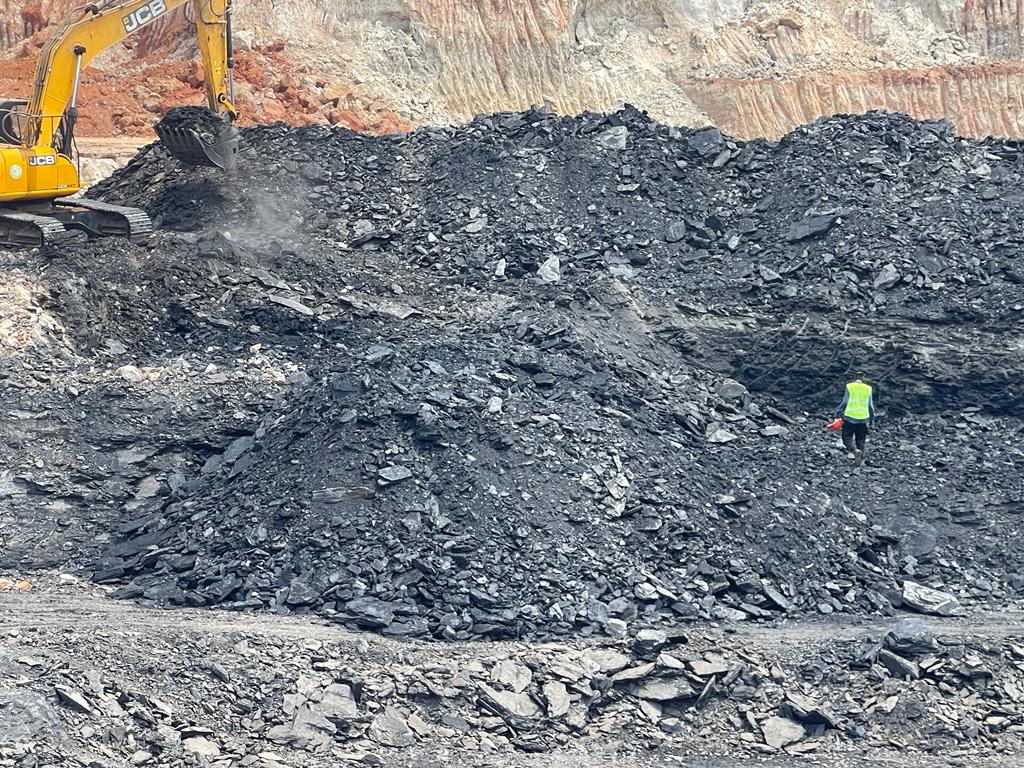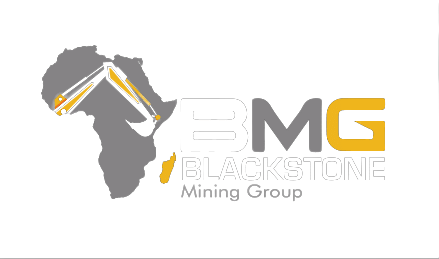Mineral Exploration Techniques Home – Blog Blackstone Mining Group is a company focused on exploration, mining, and acquisition of precious metals and mineral properties. As a mining enthusiast, you will agree that exploring for mineral is an essential aspect of mining. It helps to map out the available mineral resources and potential deposits, thereby, giving the miners an idea of what they will encounter during the mining process. Mineral exploration refers to the deliberate and systematic process of searching for mineral resources that can be commercially extracted. A mineral resource that can be commercialized refers to any substance found within the earth’s crust, which can be used for economic purposes. The goal of mineral exploration is to find potential locations for mineral deposits, and there are various methods used in conducting mineral explorations. The exploration techniques used can vary depending on the location, type of mineral being searched for, and the budget available. Here are some of the available techniques used in exploring for minerals: 1. Geophysical Surveys Geophysical survey techniques involve measuring changes in gravity, magnetic fields, electrical current, and other physical phenomena to detect the presence of minerals that cause these changes. The aim of these surveys is to get a better understanding of the geological structures that may house valuable minerals. Depending on the type of survey, this technique can be carried out on land or water. 2. Geochemical Sampling The geochemical sampling technique involves analyzing soil, rock, and sediment samples taken from the ground. These samples are screened for the presence of mineral compounds, which gives an indication of the type of minerals that might be present in the area. Geochemical Sampling is carried out systematically and helps to give a clearer picture of the area’s mineral potential. 3. Remote Sensing Remote sensing techniques refer to the use of satellite imagery to identify changes in the Earth’s surface and confirm the presence of minerals. This technique helps to differentiate between different landforms, rock types, and soil types, which can be used to determine potential mineral resource areas. 4. Drilling Drilling is one of the most popular and expensive techniques used in exploring for minerals. This technique involves drilling deep into the earth’s surface with special equipment in search of the actual mineral deposit. The samples obtained from drilling provide useful insights into the composition of the surrounding rock and mineral types present in the deposit. 5. Mapping and Fieldwork Mapping and fieldwork involve visual analysis of the land by professionals who have an understanding of the terrain and geology of the area. They collect visual information, such as rock formations, soil types, and water conditions. This technique helps to give a better understanding of the land area and eliminates potential hazards that could affect mining operations. 6. Aerial Surveys Aerial surveys apply the use of drones and aircraft to capture high-resolution images of the terrain. These images are then processed through special software that creates detailed 3D maps of the area. Aerial surveys are used to provide a more comprehensive view of the land area, making it easier to identify the presence of geological formations, rock types, and other essential features for mining. In summary, mineral exploration is not a one-time process. It takes dedication, finance, patience, and thorough work to find the minerals you’ll mine eventually. As an investor in mining, it is vital to carry out extensive exploration work before making the final decision to commence mining operations. Each exploration technique has its advantages and disadvantages, but combining any of the methods mentioned above can significantly improve your exploration efforts. At Blackstone Mining Group, we pride ourselves in our exploration technique, which has led to countless discoveries that have translated to long-term profits. Recent Posts All Post Safety Uncategorized Mineral Exploration Techniques November 7, 2023 Mining Safety Practices November 7, 2023 Call Us Call Us Now Categories Safety (1) Uncategorized (2)



